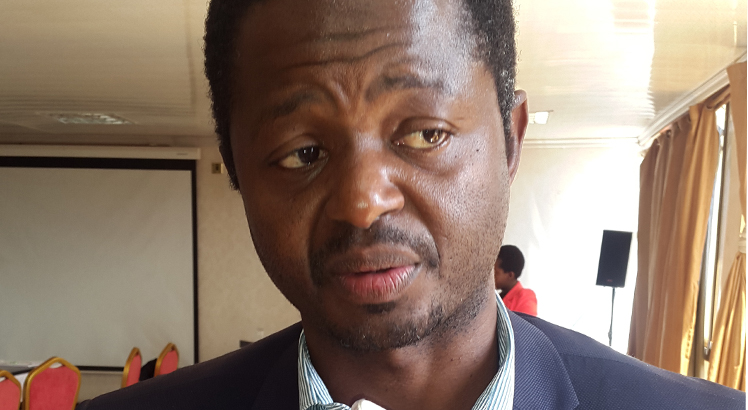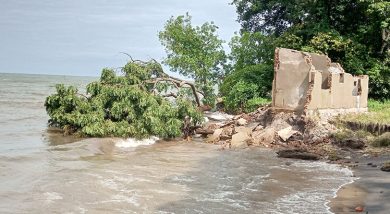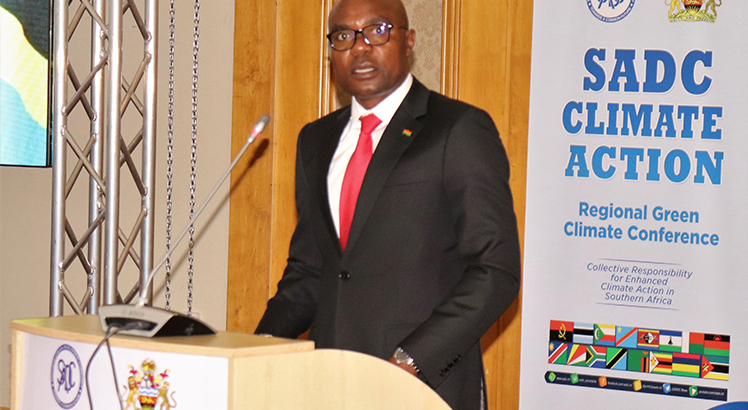Leprosy resurfaces, stirs panic
National Tuberculosis and Leprosy Elimination Programme says leprosy has resurfaced as the country has 410 cases registered for the first time since 1994 when World Health Organisation (WHO) declared the disease eliminated in the country.
Programme manager James Mpunga in an interview yesterday attributed the resurfacing of the disease to the withdrawal of support towards leprosy management after WHO declared that Malawi had achieved elimination threshold for the disease 28 years ago.
He said: “Government and its partners shifted their support to other disease conditions, as such, leprosy was not given priority.

“Knowledge level towards leprosy among the community is very low to the extent that they are not aware of the early symptoms and signs, thereby not seeking medical attention in time.”
Mpunga said 10 of the country’s 28 districts have recorded the cases, but was quick to point out that all the districts could be affected as some are not able to diagnose leprosy.
He said: “This is worrying and we are taking all the measures to make sure that we address this challenge. Among others, we continue to orient healthcare workers to be able to diagnose and treat patients.
“We are also raising awareness to the public on the symptoms, signs and prevention. If treated early, the disease is curable. It becomes worrisome when it causes disability because it is irreversible.”
Districts that have reported leprosy cases are Chiradzulu, Salima, Balaka, Lilongwe, Mchinji, Machinga, Mangochi, Dedza, Nkhotakota and Mzimba.
Mchinji district director of health and social services Juliana Mubanga said she believes the cases have been there but healthcare workers did not have the expertise to diagnose the disease.
“Most of the people that have been diagnosed with leprosy are those surrounding the former leprosy rehabilitation centre in the district [now Kochilira Rural Hospital], so we believe that the cases were there, but people were not presenting themselves to the facility because they did not know what it was.” she said.
In Salima, the 37 cumulative cases of leprosy have been recorded between May 2021 and June 2022.
Salima District Hospital dermatologist Philbert Undi said out of the 37 cases, 25 percent have developed grade two disabilities, the most common side effect of the disease.
Balaka recorded 36 leprosy cases in 2021. Previously, the highest it could get was nine.
But in an earlier interview, Chiradzulu District Hospital dermatology and leprosy officer Mphatso Mbalule bemoaned lack of resources to fight the disease.
She said they mostly rely on patients’ goodwill to present themselves for diagnosis of the disease.
Health rights activist Maziko Matemba said the resurfacing of the pandemic should push government to go back to the drawing board in terms of sustainability of resources to fight leprosy and other pandemics.
He also said there is need for a robust communication plan in terms of sensitising the masses.
Matemba said: “We are talking of leprosy and polio which are supposed to have been eliminated as of now. The challenge is our investment in the health sector to maintain the status quo.”
The resurfacing of leprosy cases has come at a time the country has reported a polio case almost 30 years after the last case was recorded in 1992.






One Comment